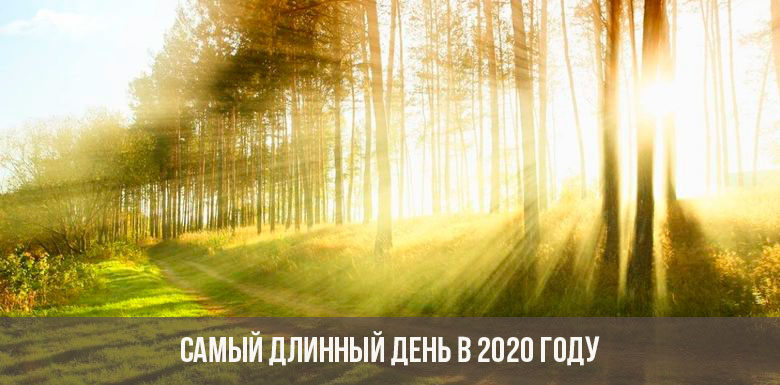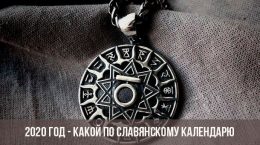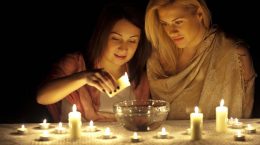Content [Hide]
The longest day usually falls on June 21, but in 2020 it will shift by one day. This is due to the fact that the year will be a leap year, and therefore the astrological calendar will not coincide with the usual calendar that people use in everyday life.
Important! In 2020, the longest day will be June 20. This sun will shine for more than 17 hours. The shortest night follows. Duration - less than 7 hours.
How is formed
Daylight hours are constantly increasing or decreasing. Once a year there is the shortest and longest day, as well as the spring and autumn equinox. Such phenomena are associated with the features of the solar system, in particular the location of the sun in relation to our planet. The fact is that the Earth rotates around it along a trajectory that does not have the shape of a circle, but an ellipse. When the distance from the Sun to the planet is the smallest, the summer solstice sets in - the longest day. Conversely, when a star moves as far away from the main star as possible, the longest night sets in.
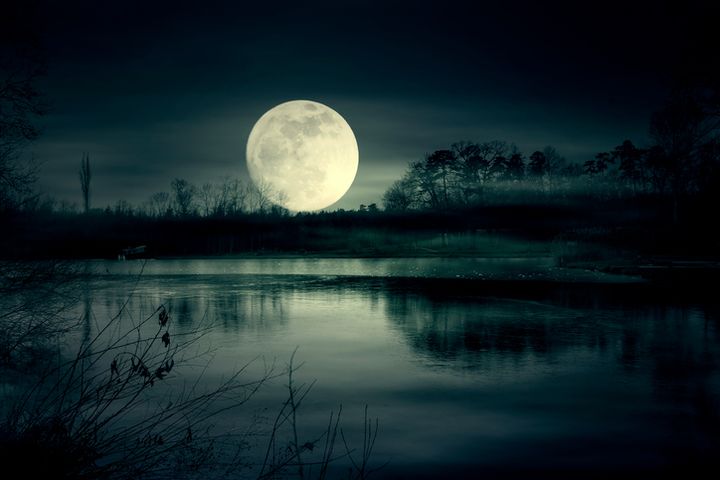
Ancient legend
Now people know the peculiarities of the formation of the longest day from a scientific point of view, therefore they do not attach much importance to it, but in ancient times everything was different. People did not know about the origin of natural phenomena, so they connected them with the gods and higher powers. In ancient Russia, the summer solstice was associated with a long legend. According to her, on the shortest night that comes after the summer solstice, the sun god Yarilo went down to the ground in Iriy. So called the place of earthly paradise. To make God want to return to heaven again, people arranged noisy festivities, burned large bonfires, sang songs, danced and had fun in other ways.
There are other legends and parables. All of them are somehow connected with Yaril. Another legend says that on the longest day of the sun god married Voda-Dana. As a result of this marriage, the Zarya-Zaryanitsa was born.
Modernity and old customs
Even knowing what date is the longest day in 2020, people will not change their usual rhythm of life. The Russians usually use the longest daylight hours to solve everyday issues and domestic problems, for work, and less often for entertainment. Nowadays, no holidays and celebrations are not arranged even in small towns and villages.
In the old days, everything was different. When there was no calendar, people used the solstice and equinox as seasonal landmarks. Many dates and traditions were associated with these dates. In the summer solstice, they arranged a celebration in honor of the completion of spring work in the field and the arrival of summer.
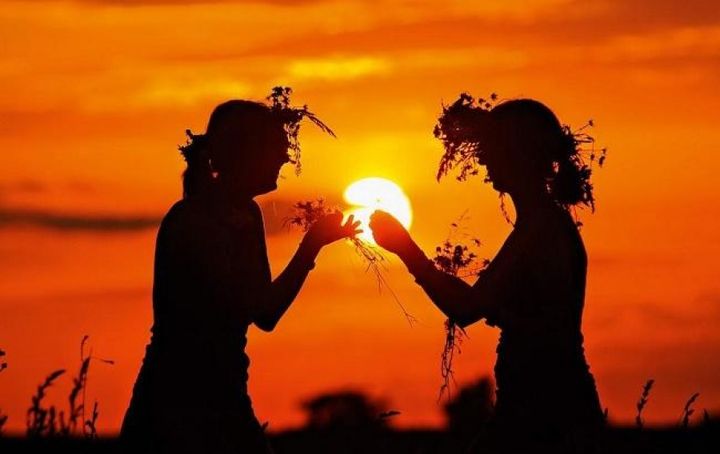
Interesting! Earlier on the summer solstice, Ivan Kupala was celebrated. With the adoption of the Gregorian calendar, the dates shifted from June 24 to July 7, although some customs have survived.
Healing water and grass
In ancient Russia, people believed that on the day of the solstice, water gains healing power. Everyone bathed in rivers and ponds to cleanse the soul and body. In the morning, women went to fields and meadows to collect dew. When they brought home water, they washed and watered household members, and paid special attention to young children. It was believed that after this rite a person will be healthy all year.
In the morning hours, medicinal herbs were also collected.Fragrant plants were brought home and laid out on a table or window sill to protect the house from evil spirits, which went "into a rage" on the shortest night of the year.
Fern color
According to an ancient legend, a fern blooms at night after the solstice. Whoever finds him will find treasure and find personal happiness. Only daredevils went to look for a flowering plant. Ancestors believed that fern attracted not only people, but also various evil spirits. To get the desired flower, the seekers had to fight with evil spirits.
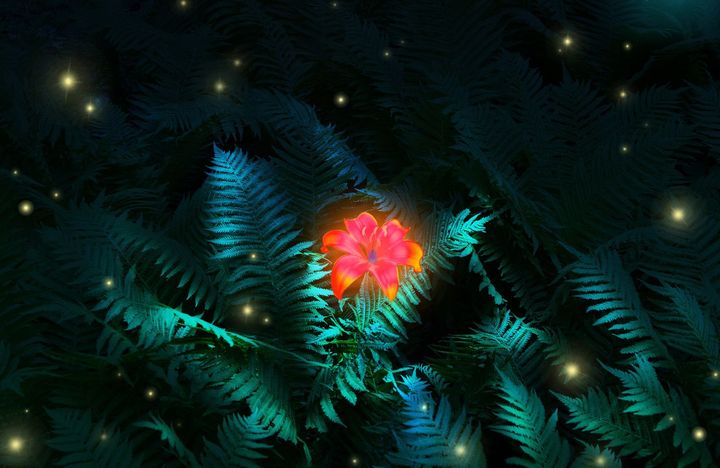
Bonfires and dances
In ancient times, young people gathered together at night after the summer solstice. Festivities were usually held near a river or reservoir, less often on the outskirts of the village. They burned bonfires all night, led round dances around them, danced and sang songs. Lovers must jump over the fire, holding hands. If a guy and a girl were able to hold hands, they will have a happy future together, if this did not succeed, separation will soon come.
Fortunetelling
On the shortest night, the girls always sought to know their fate. To do this, they weaved wreaths of forest flowers and went to the river. If the wreath was floating on the water, the girl was waiting for a quick marriage, if he was drowning, it was worth waiting for misfortune.
It was believed that on the night after the solstice unclean forces arranged a revelry. For this reason, they did not swim in the rivers, so that the mermaids did not drag under water, and did not go into the forest, so that the mavka did not tickle to death. People were especially careful.
Read also:

